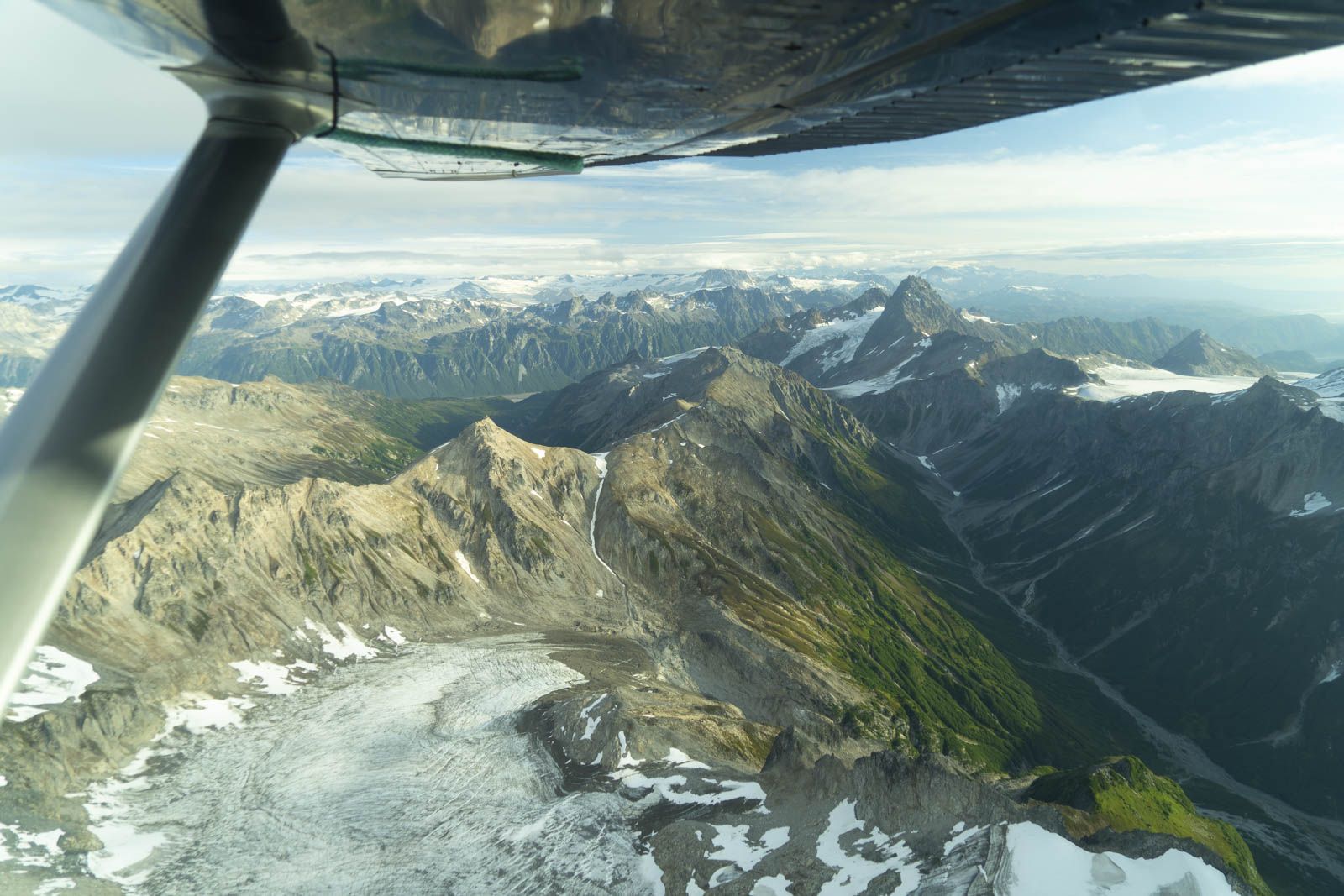Bear Viewing In Lake Clark
The diverse ecosystem of Lake Clark National Park provides an ideal habitat for both brown bears and black bears. Chininita Bay, Crescent Lake and Silver Salmon Creek stand out as the park’s renowned bear viewing locations. Some of these areas witness early runs of pink, chum, and sockeye salmon, acting as a powerful magnet for bears traveling from hundreds of miles away. In preparation for the upcoming winter hibernation, these bears seize every opportunity to build up their weight. Lake Clark Lodge extends bear viewing experiences to more remote and off-the-grid locations, providing guests with unique and secluded encounters.
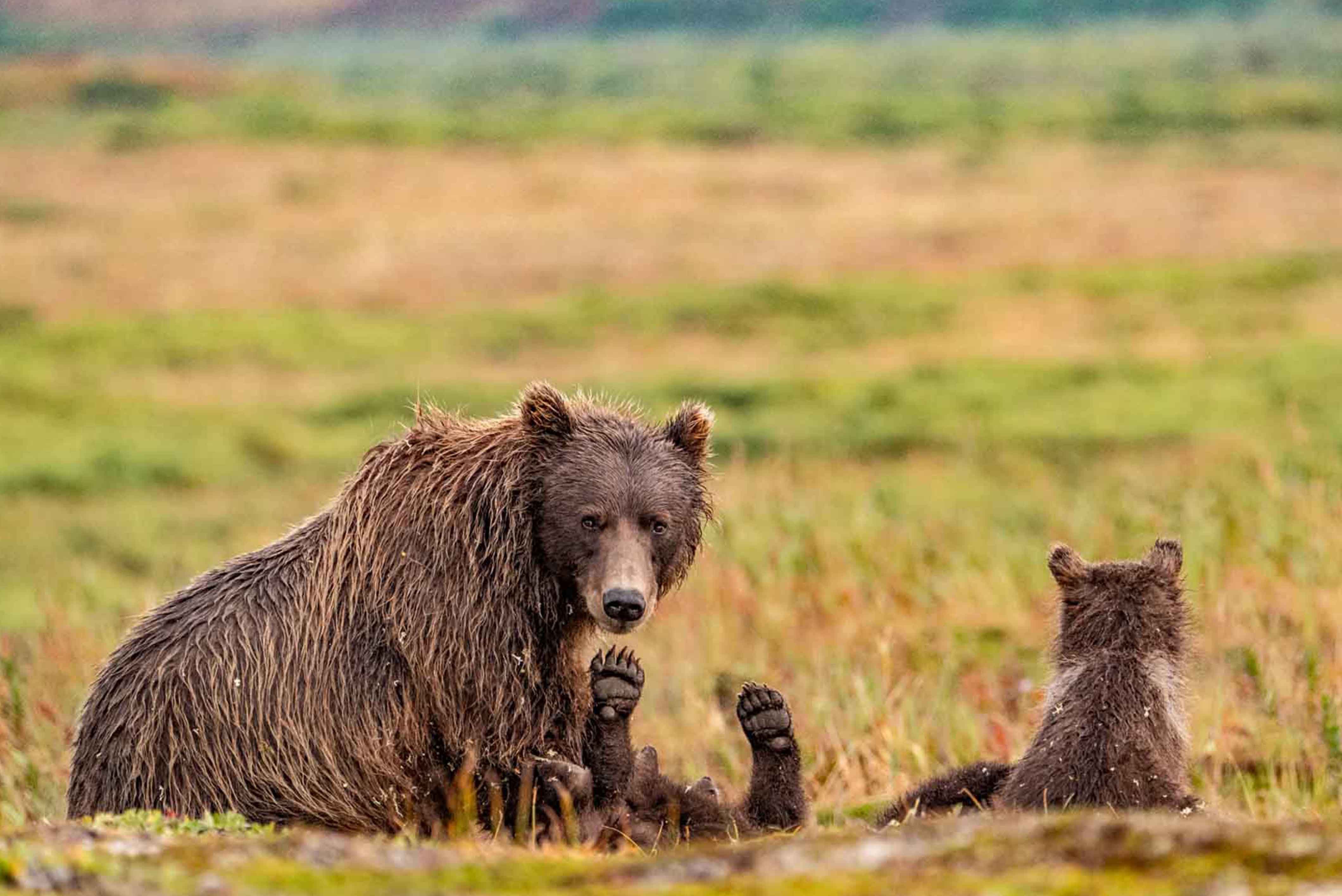
Katmai Bear Viewing
Katmai National Park was established in 1918 and is roughly 50 miles from Lake Clark National Park. It’s known for its dense brown bear population and world renown site at Brooks Falls. It's one of the most iconic bear-viewing locations in the world. Brooks Camp is a hot spot for bears during the salmon run which stretches from mid-june throughout September. Dedicated bear viewing platforms provide a secure and unobtrusive vantage point, allowing observers to witness bears fishing in their natural habitat.
This location offers a captivating spectacle as brown bears skillfully catch salmon leaping up the falls. For wildlife photographers, capturing this moment should undoubtedly be on their bucket list. As you prepare for your journey, you have the opportunity to observe these bears live through the park service webcams, adding an exciting preview to your upcoming adventure.
In addition to Brooks Falls, there are several other lesser known bear viewing locations inside of Katmai National Park that we can visit with our guests. There are a few river corridors that offer a unique bear viewing experience that Lake Clark Lodge guests can hike or float. There are also Katmai coast locations that have excellent bear viewing depending on the time of the year.
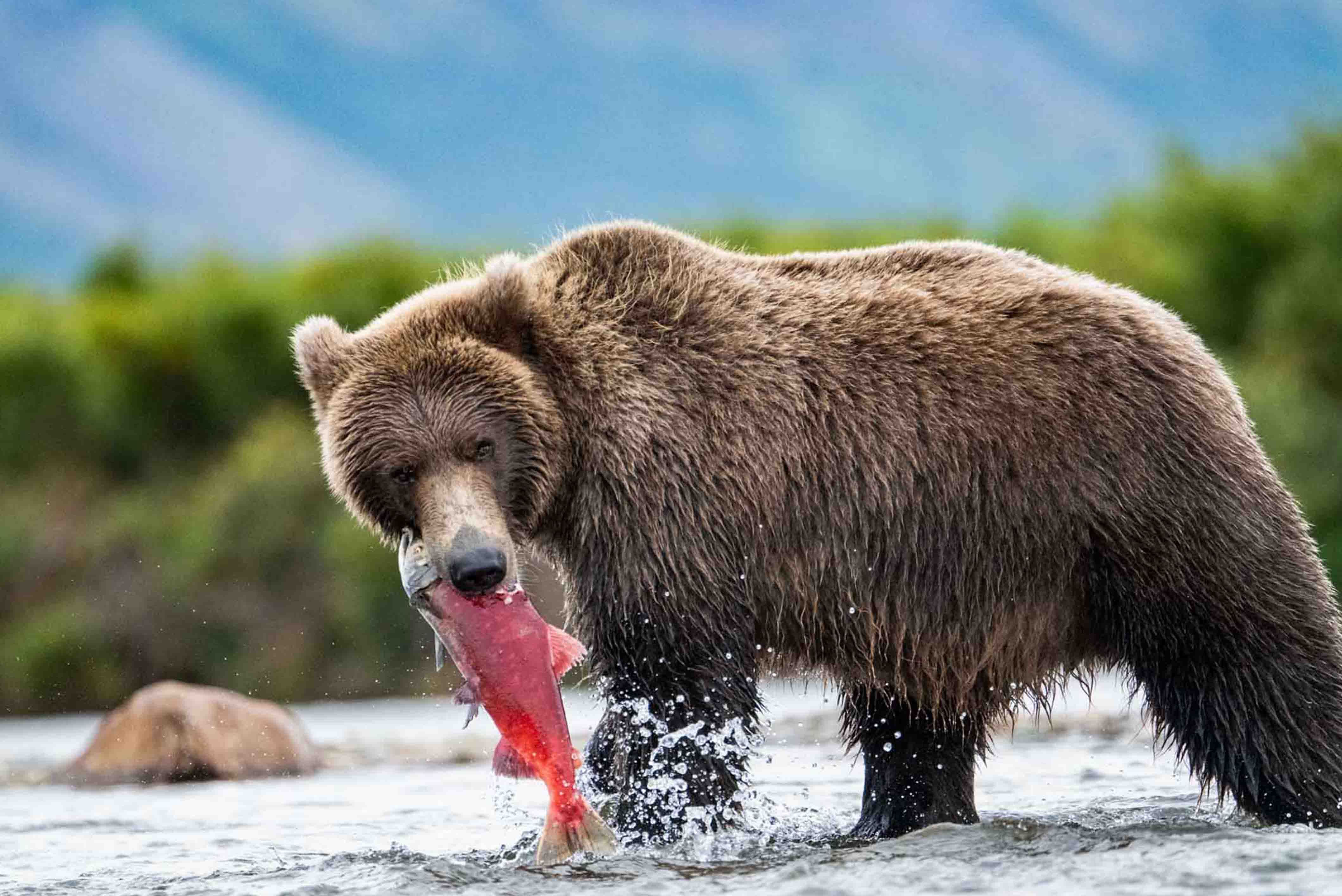
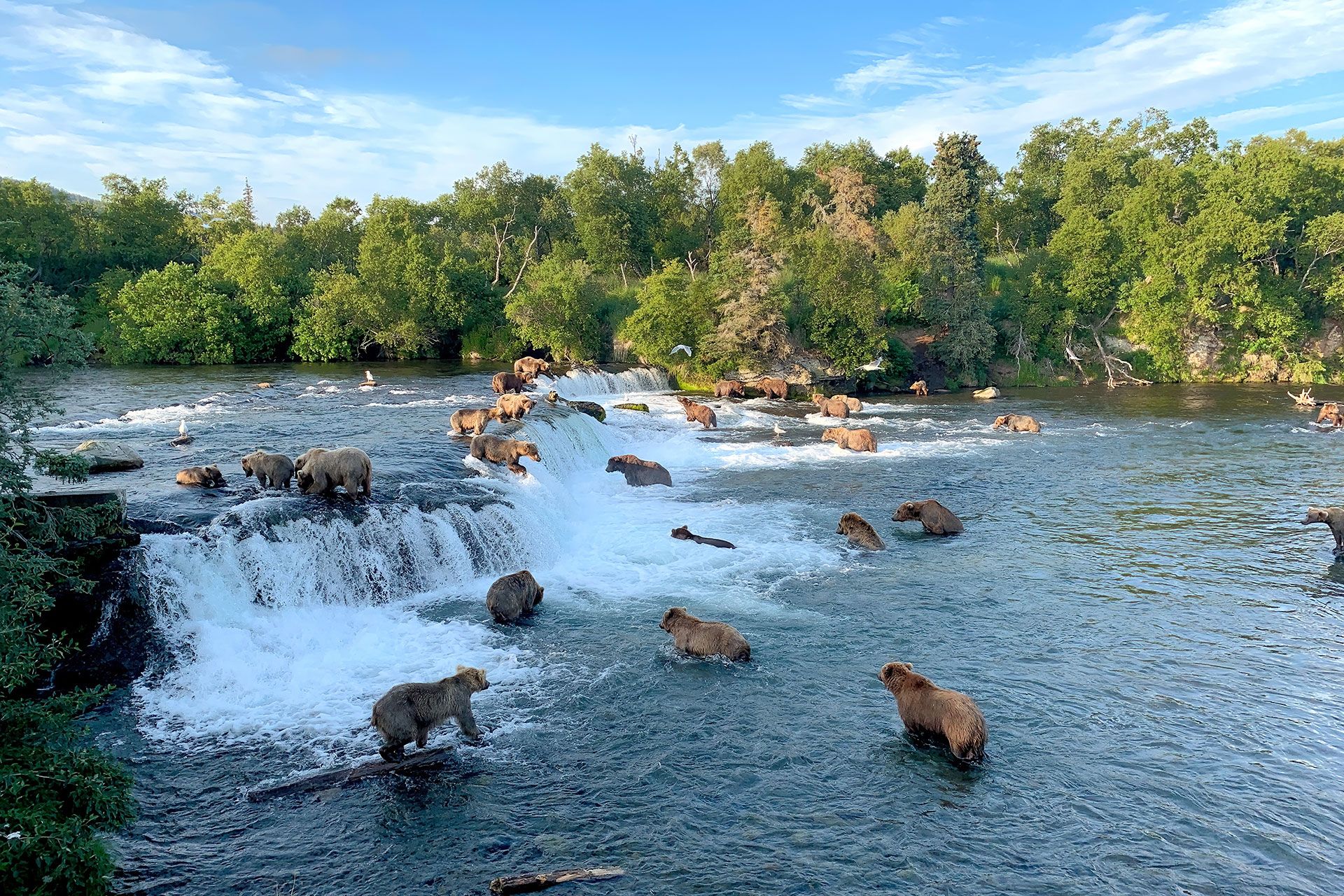
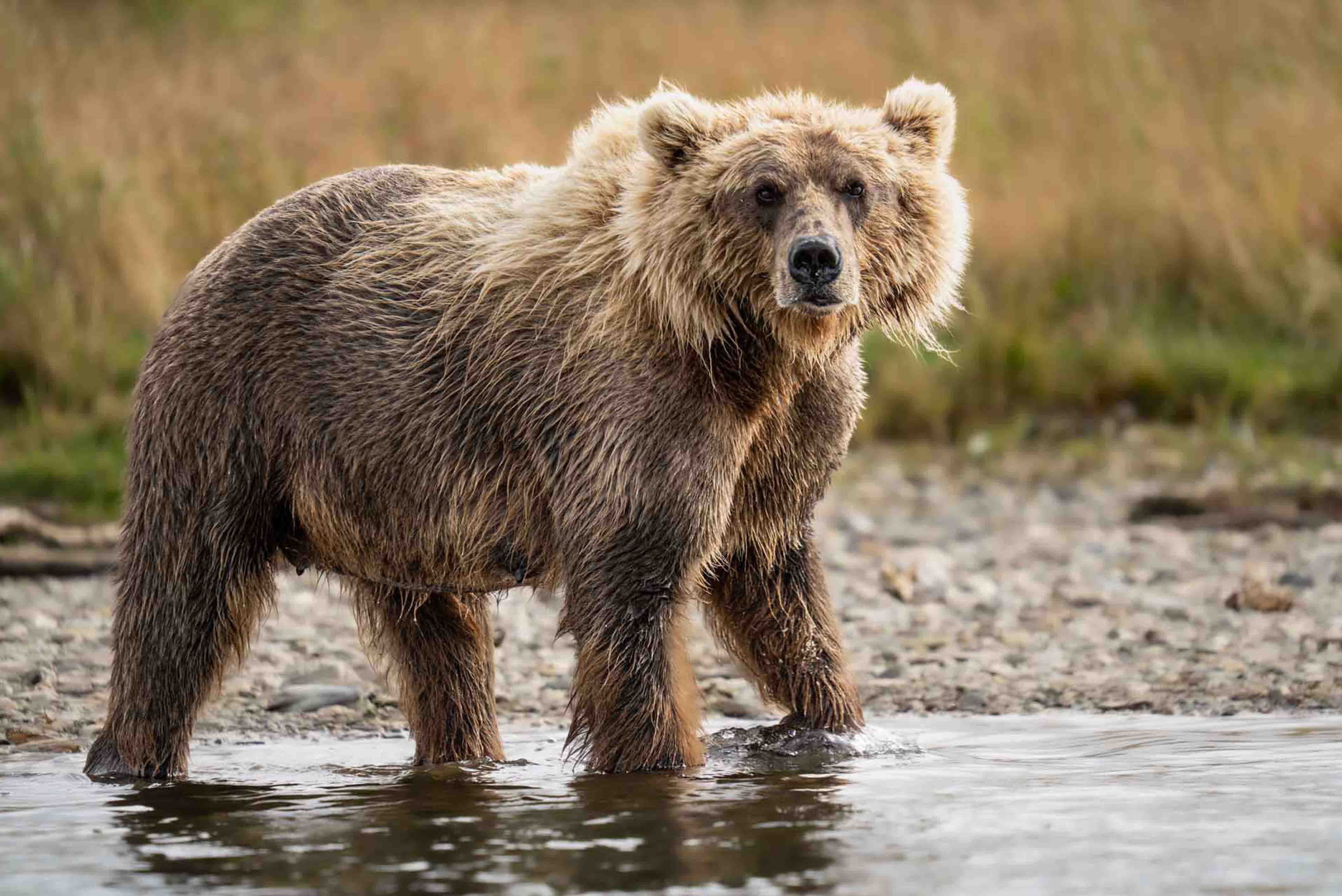

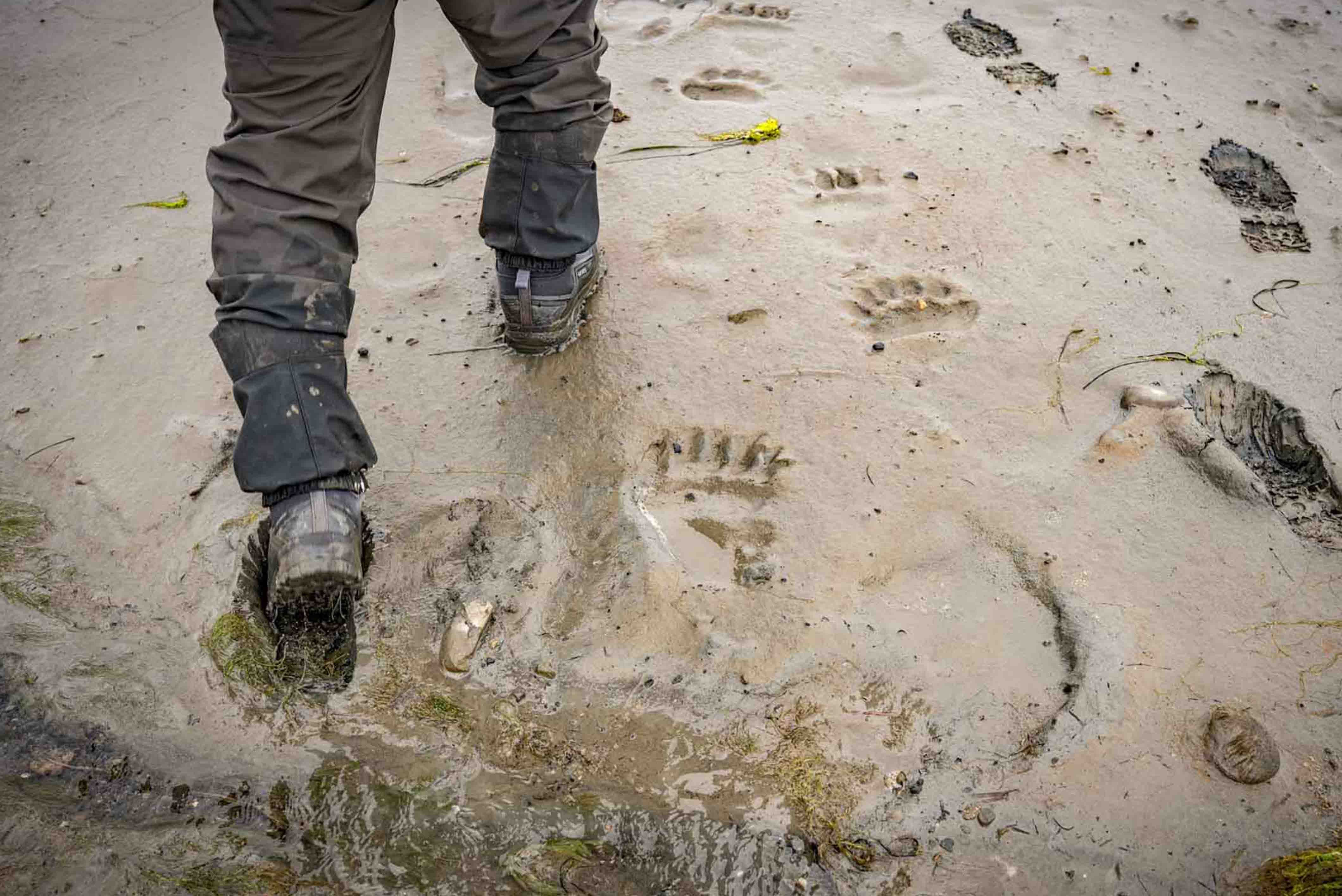
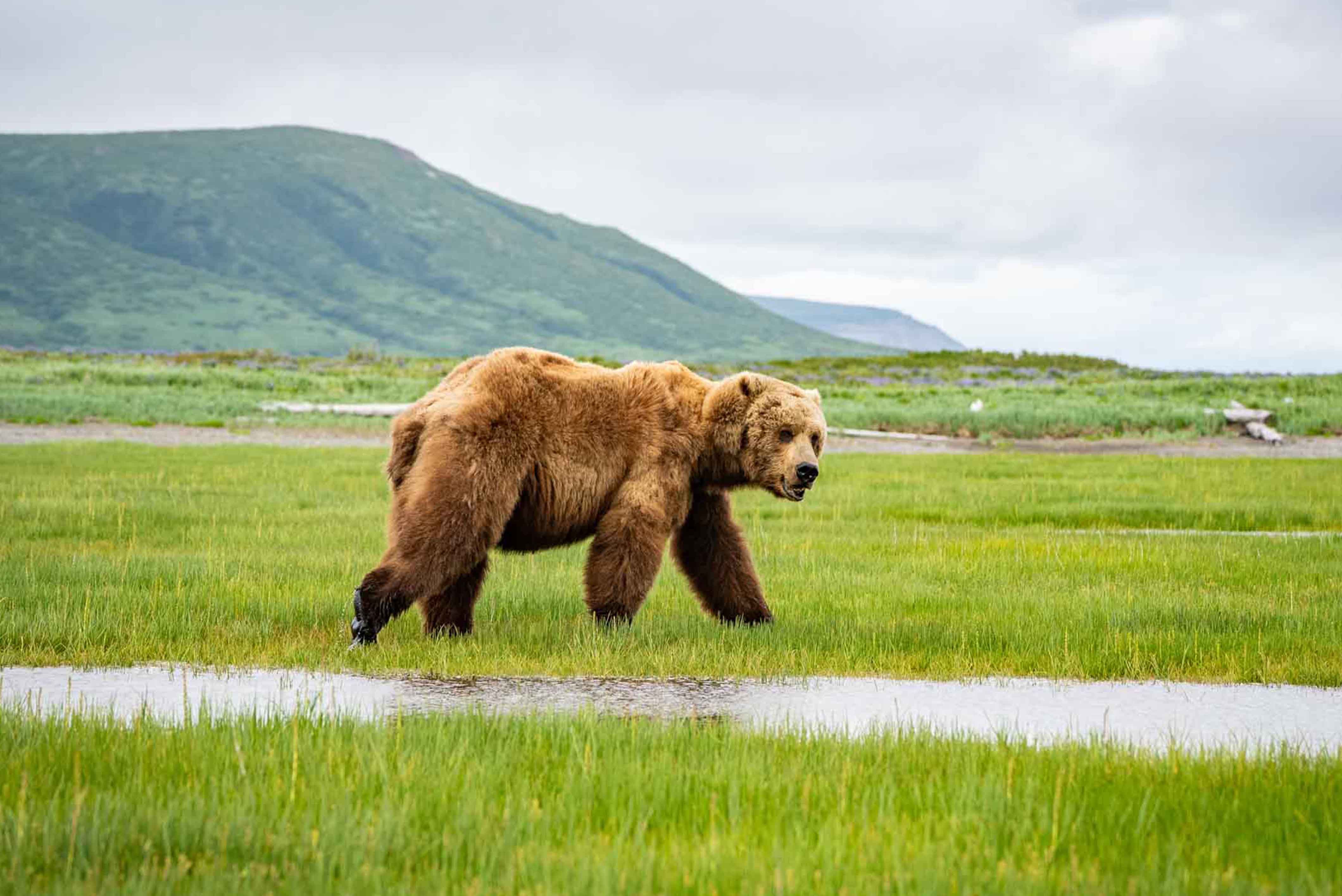
Are Alaska Brown Bears & Grizzly Bears the same?
Don’t be misled. While they belong to the same species, they are technically distinct subspecies. Brown bears are generally larger, thriving in coastal regions and sustaining themselves on marine-derived resources such as salmon and razor clams. On the other hand, grizzly bears are commonly found inland, relying on a diet of berries, sedge grass, and, when the chance arises, they may prey on moose, caribou, and other mammals.
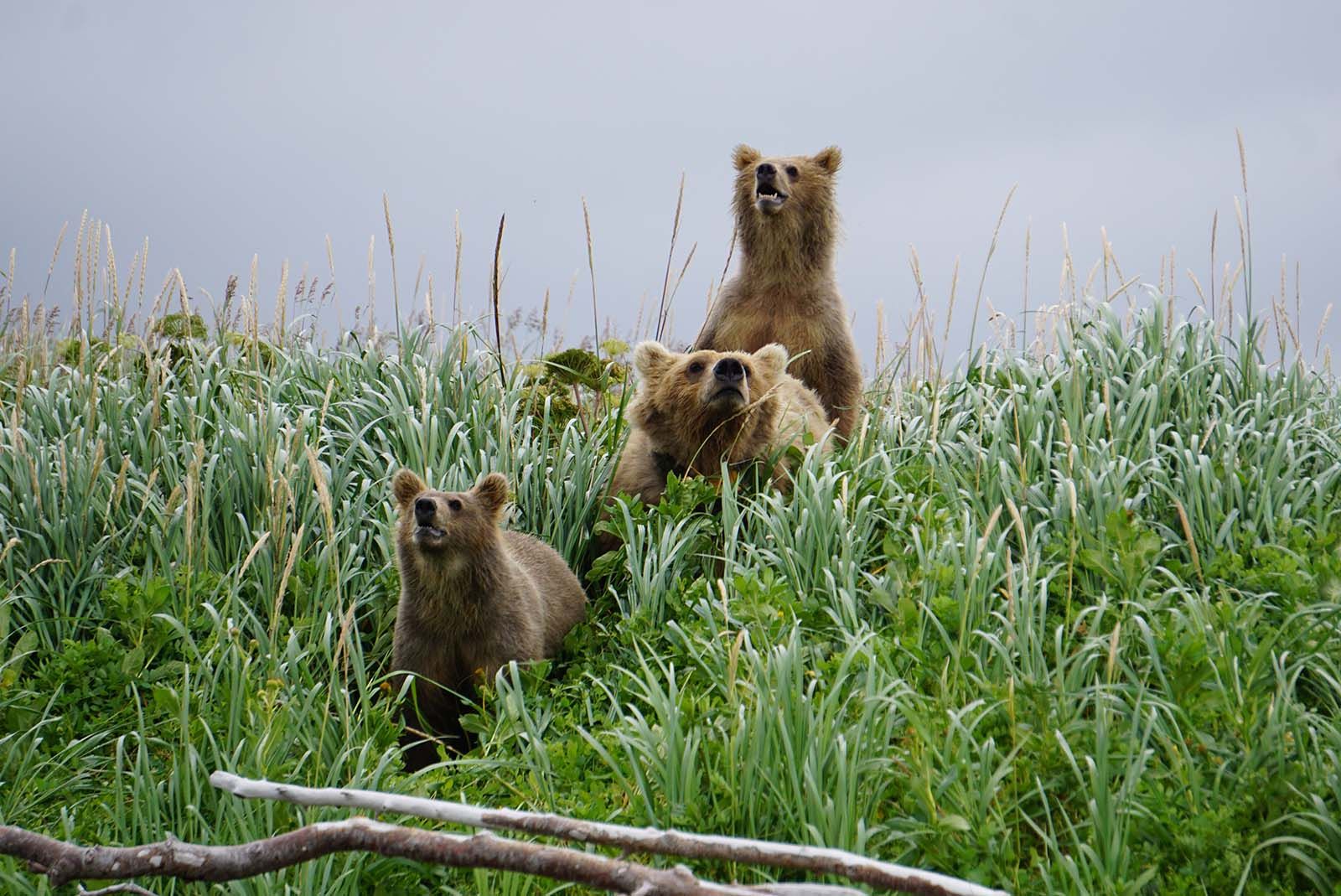
Bear viewing is simply the act of going on a trip to watch, observe and photograph them in nature. Lake Clark and Katmai National Parks stand out as two of Alaska’s premiere bear-viewing destinations, both conveniently accessible from Lake Clark Lodge.
Observing Bear Behavior
From watching them skillfully fishing for salmon to observing playful interactions with their cubs or the defense of their territories, the experience is unforgettable. Female brown bears, or sows, commonly remain with their cubs until they reach 2 or 3 years of age. Meanwhile, male brown bears often engage in competition with their counterparts for prime hunting real estate. Each bear has its very own and unique personality.
The proximity to bears during our viewing experiences depends on the specific location. There’s a chance you might find yourself surprisingly close. While undoubtedly a humbling experience, rest assured that our trained guides are seasoned experts. They will skillfully bring you close enough to feel the thrill of the moment without any additional risk. Your safety and preservation of the bears’ natural behaviors are our top priorities.
You don’t have to be an expert to get an amazing picture these days. Whether you are bringing your professional camera or iPhone, you will come back from your trip with plenty of memories. In the upcoming 2024 season, we have set aside designated photography weeks, providing you with the opportunity to travel alongside some of the most skilled photographers in the outdoor industry. If you’re keen to delve into our weekly specials and discover more about these exclusive photography experiences, please don’t hesitate to call us. We’re excited to share the details with you.
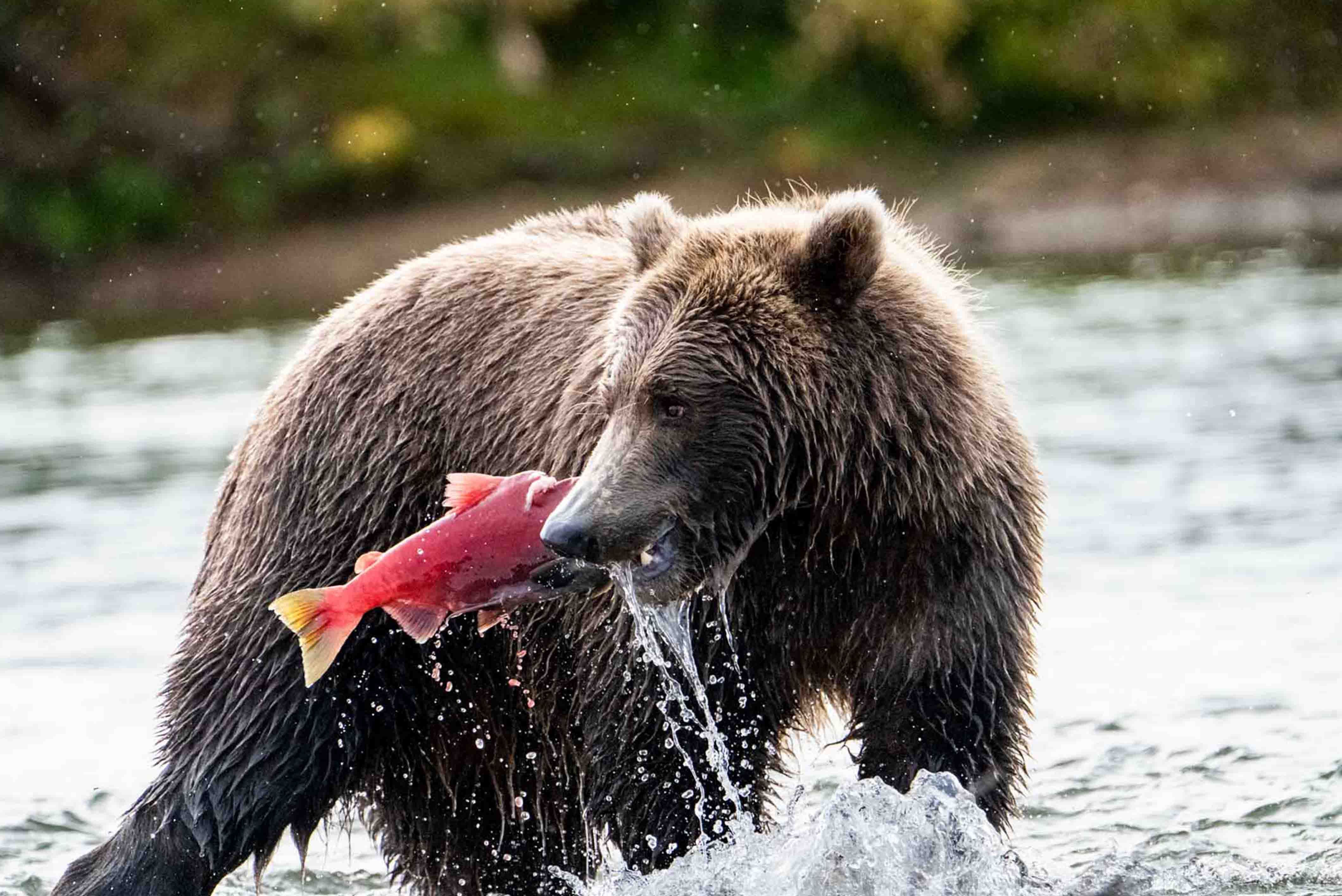
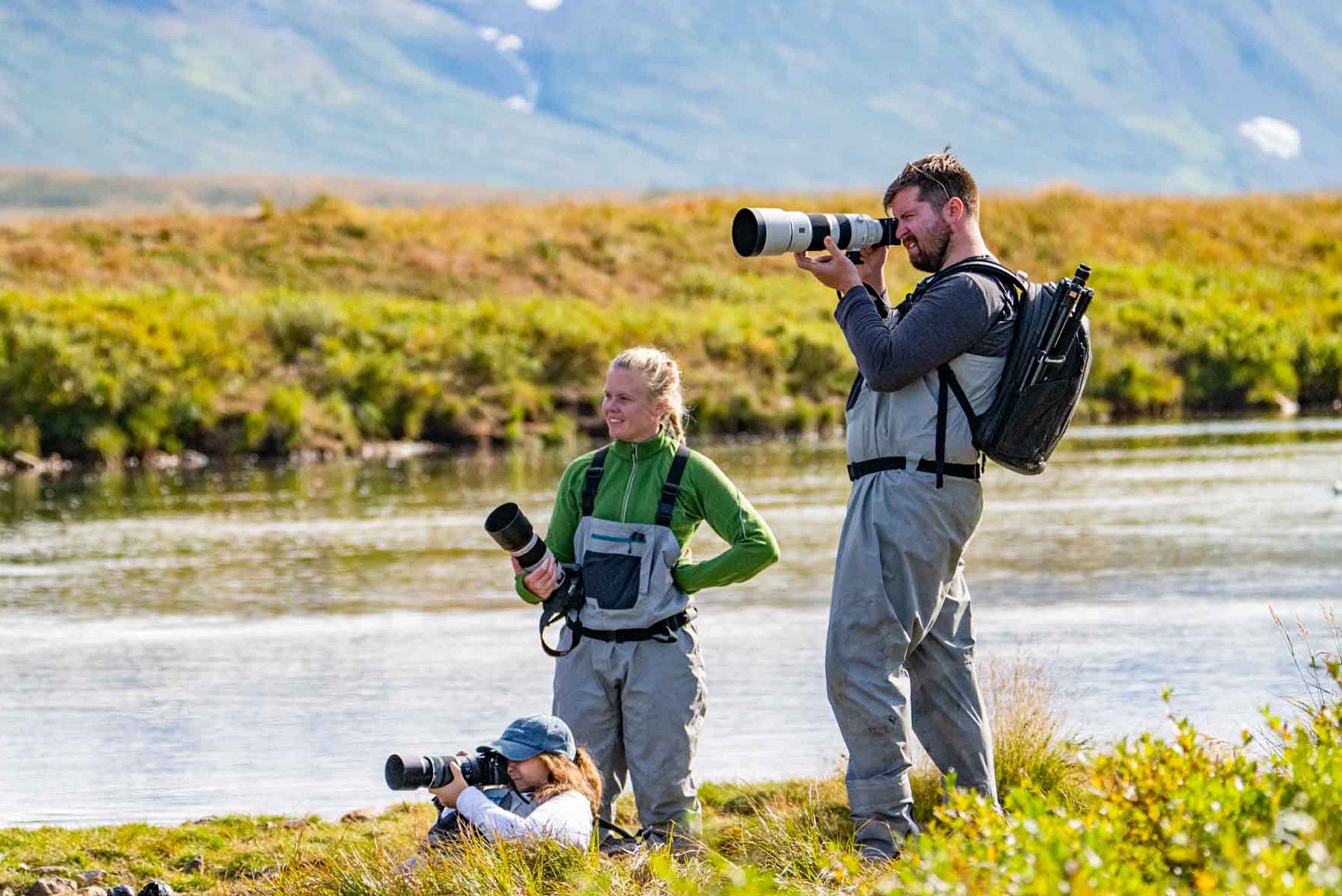

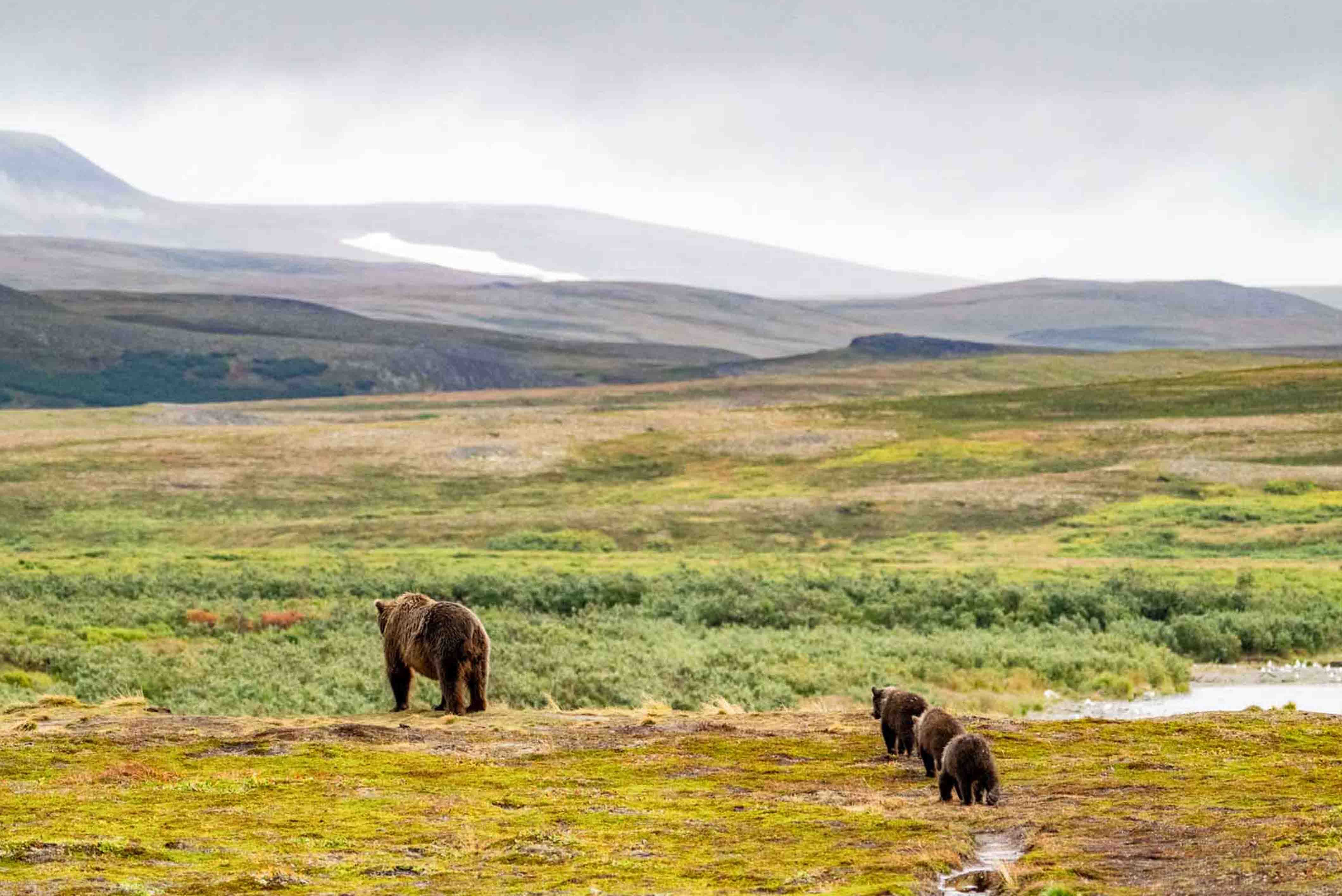

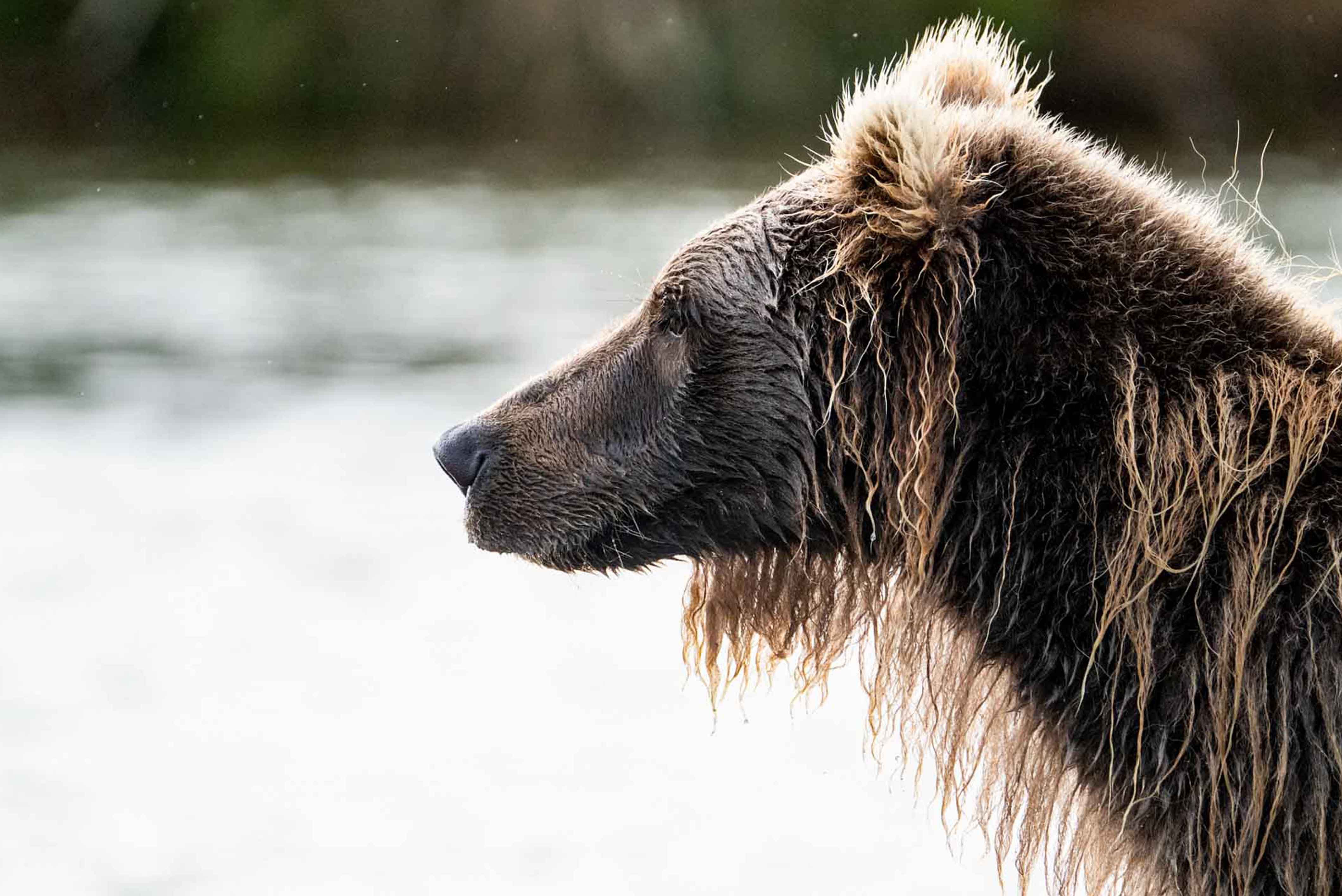
The Best Time For Bear Viewing
The experience at Lake Clark Lodge is one of genuine Alaska adventure in some of the wildest places left on Planet Earth. Lake Clark National Park and Katmai National Park are our backyard playgrounds. These protected areas are true wonders of the world, and the perfect place for an authentic Alaska experience.
During the spring, bears emerge from hibernation, embarking on their quest for food. This period is ideal for observing bear cubs and their families as they venture into the world for the first time. Coastal areas such as Chininita Bay and the Katmai coast are frequently visited during June and early July.
The summer marks the beginning of the salmon run, drawing bears to rivers and streams. It’s a prime season for witnessing bears in action, particularly at well known spots like Katmai’s Brooks Falls and Moraine Creek
As fall sets in, bears enter a phase of preparation for hibernation. This time presents a great opportunity to observe extremely large bears. If you’re interested in participating in the National Park Service's Fat Bear Week competition, fall might be the perfect season for you.

Bear Safety 101
In both Lake Clark National Park and Katmai National Park, you must stay at least 50 yards away from a bear, and 100 yards away from a sow with cubs.
Our guided bear-viewing tours are led by experienced professionals with years of experience. Understanding bear behavior is key to keeping you safe.
Our guides are prepared for any scenario. Most park travelers carry bear spray or flares. Note that we do not allow guests to bring bear deterrents.
When you’re in bear country, it’s safer to stay in groups and make noise to alert bears to your presence.





